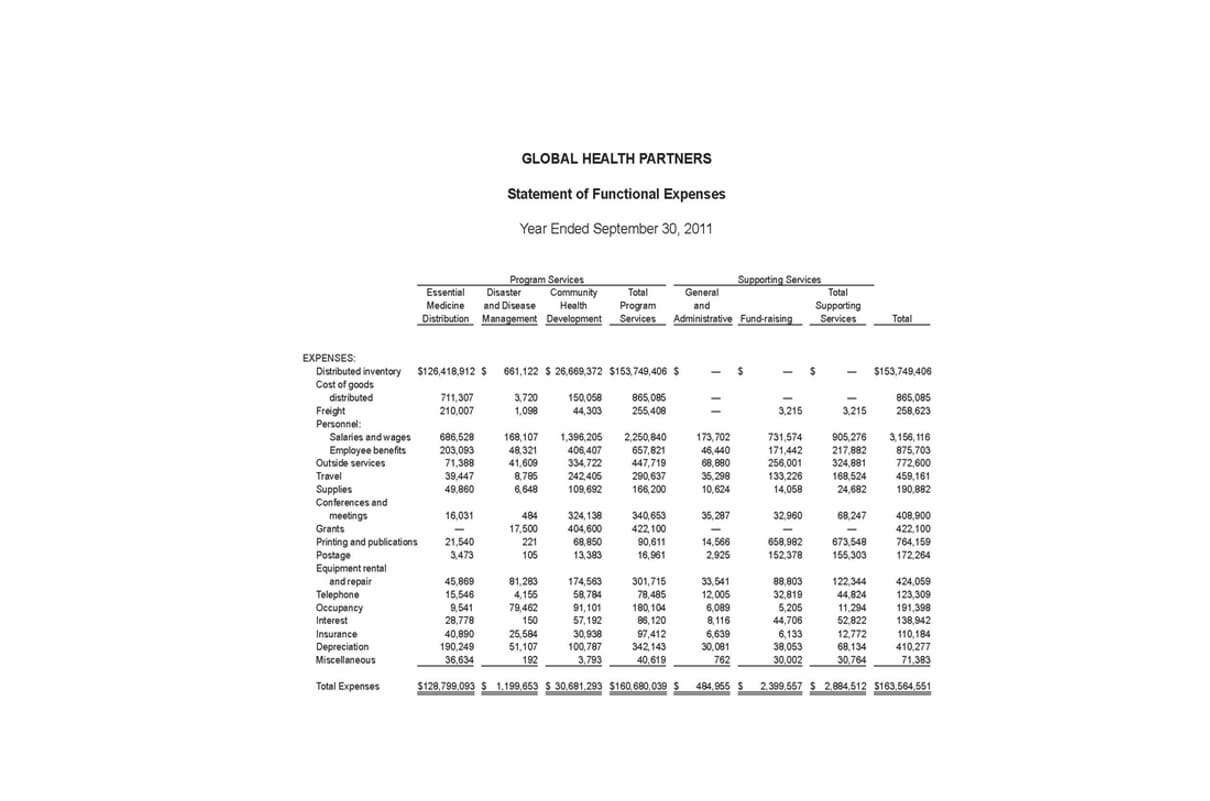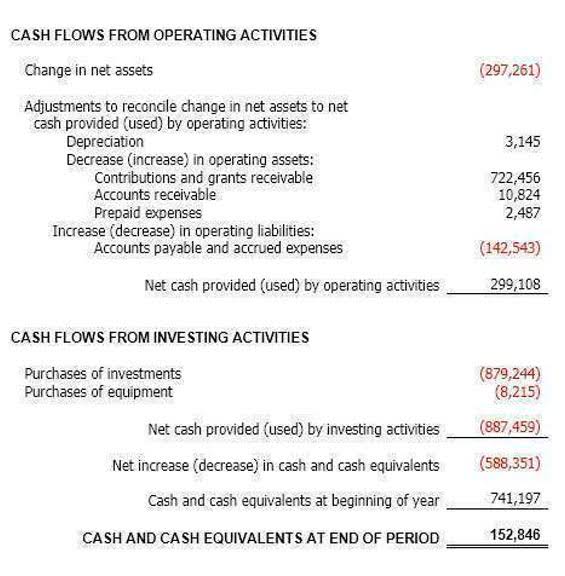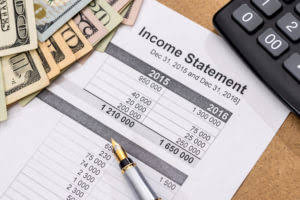Current Ratio Formula Example Calculator Analysis
In these cases, the company may not have had the chance to reduce the value of its inventory via a write-off, overstating what it thinks it may receive due to outdated market expectations. A company that has a quick ratio of more than one is usually considered less of a financial risk than a company that has a quick ratio of less than one. One example is that the business may have a ratio above one but with its accounts receivable older, perhaps because customers do not pay on time. A ratio below 1 suggests potential insolvency, while a ratio equal to 1 is considered safe.
- Most often, companies may not face imminent capital constraints, or they may be able to raise investment funds to meet certain requirements without having to tap operational funds.
- The current ratio is an important tool in assessing the viability of their business interest.
- Factors such as the quality of assets and efficient working capital management should be considered.
- Perhaps this inventory is overstocked or unwanted, which eventually may reduce its value on the balance sheet.
- First, the trend for Claws is negative, which means further investigation is prudent.
- Since this inventory, which could be highly illiquid, counts just as much toward a company’s assets as its cash, the current ratio for a company with significant inventory can be misleading.
How to calculate the current ratio
Generally, the assumption is made that the higher the current ratio, the better the creditors’ position due to the higher probability that debts will be paid when due. A lower quick ratio could mean that you’re having liquidity problems, but it could just as easily mean that you’re good at collecting accounts receivable quickly. The definition of a “good” current ratio also depends on who’s asking. As with many other financial metrics, the ideal current ratio will vary depending on the industry, operating model, and business processes of the company in question. Current assets (also called short-term assets) are cash or any other asset that will be converted to cash within one year.
How to Calculate the Current Ratio
The results also indicate that the liquidity-profitability tradeoff is affected by the size of the firm, leverage, and the age of the firm. The study then concludes that the liquidity-profitability tradeoff does exist in the Saudi stock market, and that the effect of the other variables is significant in determining the learn about creating an s corporation relationship. This study provides important insight into the effects of liquidity and profitability in an emerging market and the effect of other variables on the relationship between the two. The current ratio accounts for all of a company’s assets, whereas the quick ratio only counts a company’s most liquid assets.
Balance Sheet Assumptions
The current ratio does not inform companies of items that may be difficult to liquidate. For example, consider prepaid assets that a company has already paid for. It may not be feasible to consider this when factoring in true liquidity, as this amount of capital may not be refundable and already committed. The current ratio may also be easier to calculate based on the format of the balance sheet presented.
The role of the current ratio in financial analysis
Ratios in this range indicate that the company has enough current assets to cover its debts, with some wiggle room. A current ratio lower than the industry average could mean the company is at risk for default, and in general, is a riskier investment. In theory, the higher the current ratio, the more capable a company is of paying its obligations because it has a larger proportion of short-term asset value relative to the value of its short-term liabilities.
The current ratio can also be used to track trends within one company year-over-year. However, if you learned this skill through other means, such as coursework or on your own, your cover letter is a great place to go into more detail. For example, you could describe a project you did at school that involved evaluating a company’s financial health or an instance where you helped a friend’s small business work out its finances. A high ratio can indicate that the company is not effectively utilizing its assets.
Current vs. quick ratio
The current ratio is a liquidity ratio that assesses the ability of a company to meet its short-term commitments, those due within one year. It’s ideal to use several metrics, such as the quick and current ratios, profit margins, and historical trends, to get a clear picture of a company’s status. Current liabilities refers to the sum of all liabilities that are due in the next year.
The current ratio, in particular, is one way to evaluate a company’s liquidity, specifically the ease with which they can cover their short-term obligations. However, it is not the only ratio an interested party can use to evaluate corporate liquidity. The current ratio also sheds light on the overall debt burden of the company. If a company is weighted down with a current debt, its cash flow will suffer.
In fact, it helps to have both when you evaluate a company to invest in. Finally, if stock picking is not for you, you could https://www.business-accounting.net/ try investing in ETFs or in futures markets. XYZ Company had the following figures extracted from its books of accounts.
Creditors would consider the company a financial risk because it might not be able to easily pay down its short-term obligations. If a company has a current ratio of more than one, it is considered less of a risk because it could liquidate its current assets more easily to pay down short-term liabilities. It is calculated by dividing a company’s current assets by its current liabilities. Current assets include items like cash, accounts receivable, and inventory, while current liabilities consist of obligations due within the next year, such as accounts payable.
Short-term solvency refers to the ability of a business to pay its short-term obligations when they become due. Short term obligations (also known as current liabilities) are the liabilities payable within a short period of time, usually one year. The value of current assets in the restaurant’s balance sheet is $40,000, and the current liabilities are $200,000. The current ones mean they can become cash or be paid in less than a year, respectively.
The current ratio is one of the oldest ratios used in liquidity analysis. You can find them on your company’s balance sheet, alongside all of your other liabilities. These include cash and short-term securities that your business can quickly sell and convert into cash, like treasury bills, short-term government bonds, and money market funds.
Everything is relative in the financial world, and there are no absolute norms. If a company has a current ratio of 100% or above, this means that it has positive working capital. The current ratio is a rough indicator of the degree of safety with which short-term credit may be extended to the business. On the other hand, the current liabilities are those that must be paid within the current year. These calculations are fairly advanced, and you probably won’t need to perform them for your business, but if you’re curious, you can read more about the current cash debt coverage ratio and the CCC. Bankrate.com is an independent, advertising-supported publisher and comparison service.
A company with a current ratio of less than 1 has insufficient capital to meet its short-term debts because it has a larger proportion of liabilities relative to the value of its current assets. If a company has to sell of fixed assets to pay for its current liabilities, this usually means the company isn’t making enough from operations to support activities. Sometimes this is the result of poor collections of accounts receivable.
At the 2022, the company reported $154.0 billion of current liabilities, almost $29 billion greater than current liabilities from the prior period. For example, a company may have a very high current ratio, but its accounts receivable may be very aged, perhaps because its customers pay slowly, which may be hidden in the current ratio. Analysts also must consider the quality of a company’s other assets vs. its obligations. If the inventory is unable to be sold, the current ratio may still look acceptable at one point in time, even though the company may be headed for default. To calculate the ratio, analysts compare a company’s current assets to its current liabilities.














